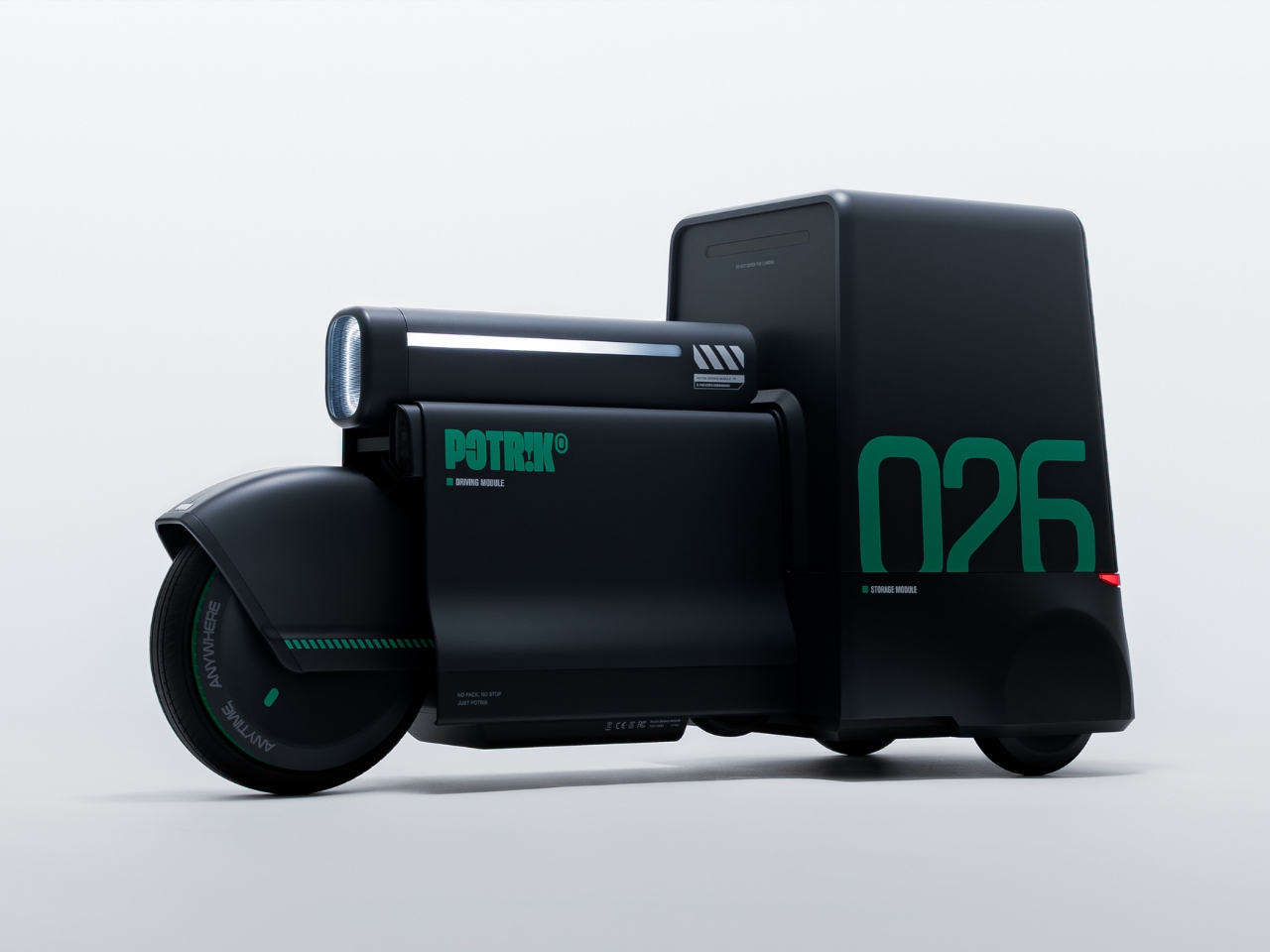How the Kirigami Parachute Concept Could Change Drone Deliveries
Drone delivery technology is advancing quickly, and one of the most intriguing new concepts comes from the Mechanical Engineering department at Polytechnique Montreal. Their design, known as the kirigami parachute, offers a fresh take on how packages might be safely delivered from the sky in the future. Inspired by the Japanese art of kirigami, which involves folding and cutting paper to create patterns and structures, this innovative idea could help solve some familiar challenges in aerial deliveries.
Traditional parachutes have been a staple for many airborne tasks, but they can struggle to control descent in windy or unpredictable conditions. The kirigami parachute concept introduces a clever network of holes and slits, arranged in specific patterns, to regulate airflow and keep the parachute stable. These patterns are designed to help prevent packages from swinging or spinning as they descend, even when the wind picks up.
Designer Name: Mechanical Engineering department at Polytechnique Montreal
![]()
What makes the kirigami parachute concept stand out is its potential for highly accurate deliveries. In drone logistics, getting a package to land exactly where it’s supposed to is crucial. A missed drop can lead to damaged goods or safety issues. Early tests and simulations suggest that the kirigami design could help packages land closer to their intended targets compared to traditional round parachutes, thanks to its improved stability.
![]()
Another appealing aspect of this concept is how compact it can be. Kirigami parachutes are designed to fold flat, making them easy to store within the limited cargo space on drones. This could make them especially useful for commercial drone delivery systems, where every bit of space and weight matters. Plus, the design is flexible enough to be adapted for different sizes of packages, from small medical shipments to bigger consumer deliveries.
![]()
Environmental impact is a growing concern for all delivery systems, and the kirigami parachute concept addresses this as well. By using less material without sacrificing strength or functionality, it has the potential to be more eco-friendly than traditional parachutes. This could help make widespread drone delivery services more sustainable in the long run.
![]()
It’s important to note that the kirigami parachute is still a concept, not yet a commercial product. The team at Polytechnique Montreal is continuing to refine their design, and it has caught the eye of both researchers and industry leaders looking for improved solutions for drone deliveries. As interest in fast and contactless delivery services continues to grow, innovative ideas like this could play an important role in shaping the future of package transportation.
![]()
The post How the Kirigami Parachute Concept Could Change Drone Deliveries first appeared on Yanko Design.

